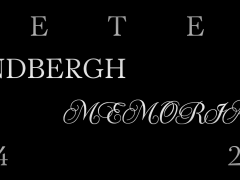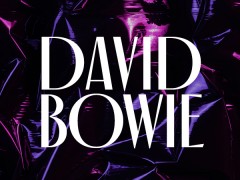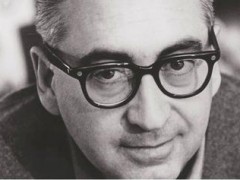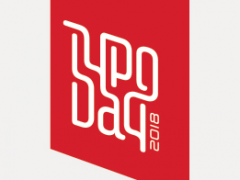William Caslon: 10 things to know about
1. William Caslon (1692–1766) is Britain's first and most celebrated typefounder. Caslon's typefaces transformed English type design and first established an English national typographic style. Through his typefoundry and products, Caslon established the printing industry in his home country, largely inspired by the Dutch Baroque types, the most commonly used types in England before Caslon's typographic dominance.
2. Caslon was born in Cradley, Worcestershire in 1692 or 1693 and trained as an engraver in nearby Birmingham. By 1716, he started business in London as an engraver of gun locks and barrels and as a bookbinder's tool cutter. Having contact with printers, he was induced to fit up a type foundry, largely through the encouragement of William Bowyer. He died on 23 January 1766.
3. Caslon's first typeface was an Arabic made at the English size (14pt), commissioned by the Society for Promoting Christian Knowledge before 1725, followed by a Hebrew created for William Bowyer in 1726, and a Coptic for Wilkins first used in 1731.
4. His first Latin typefaces were a roman and italic cut in the pica size (12pt), of a style that was fully realized by the publication of his foundry's specimen sheet in 1734.
5. Caslon typefaces that “combined delicate modeling with a typically Anglo-Saxon vigour” gained immediate popularity and was the font-to-go during the 18th century -and beyond. As a result, he received loans and sufficient trade to enable him to set up a complete typefoundry. From 1720 to 1780, few books were printed in England that did not use type from his foundry.
6. The first printed version of the United States Declaration of Independence is set in Caslon.
7. Caslon’s first specimen sheet was issued in 1734 and exhibited his roman and italic types in 14 different sizes. Following is the description of the historic artefact by Talbot Baines Reed in A History of the Old English Letter Foundries (1887):
“The sheet is arranged in four columns, and displays 38 fonts:
Titling: 5-line Pica, 4-line Pica, 2-line Great Primer, 2-line English, 2-line Pica, 2-line Long Primer, 2-line Brevier.
Roman and Italic: French Canon, 2-line Great Primer, 2-line English, Double Pica, Great Primer, English, Pica, Small Pica (2), Long Primer (2), Brevier, Nonpareil, and Pearl.
Black: Pica and Brevier.
Saxon: Pica and Long Primer.
Gothic, Coptic, Armenian, Samaritan: Pica of each.
Syriac and Arabic: English of each.
Hebrew: English, English with points, Brevier.
Greek: English, Pica, Long Primer, Brevier.
Ornaments: Seven designs.
Of these, all, with three exceptions, are Caslon’s own handiwork, and represent the untiring industry of fourteen years. Of the excellence of the performance it is sufficient to say that the Specimen placed Caslon absolutely without rival at the head of his profession; ‘and,’ as Nichols says, ‘for clearness and uniformity, for the use of the reader and student, it is doubtful whether it has been exceeded by any subsequent production.’
The three founts referred to as not the product of Caslon’s hand, were the Canon Roman, from Andrews’ foundry, […]; the English Syriac, which is from the matrices of the Polyglot; and the Pica Samaritan, which was cut by a Dutchman named Dummers.
Fame appears to have followed rapidly on the appearance of this Specimen. The sheet was included as an inset plate in the second edition of Ephraim Chambers’ Cyclopædia in 1738, with the following flattering notice: “The above were all cast in the foundery of Mr. W. Caslon, a person who, though not bred to the art of letter-founding, has, by dint of genius, arrived at an excellency in it unknown hitherto in England, and which even surpasses anything of the kind done in Holland or elsewhere.”
8. Caslon is the name given to serif typefaces designed by William Caslon I in London, or inspired by his work.
9. The letterforms of Caslon's roman, or upright type include an 'A' with a concave hollow at top left and a 'G' without a downwards-pointing spur at bottom right. The sides of the 'M' are straight. The 'W' has three terminals at the top and the 'b' has a small tapered stroke ending at bottom left. Ascenders and descenders are relatively short and the level of stroke contrast is modest in body text sizes.
10. “When in doubt, use Caslon,” is a rule in design. Never forget.
Tags/ typeface, font, ten things, typefounder, engraver, dutch types, independence, caslon






















